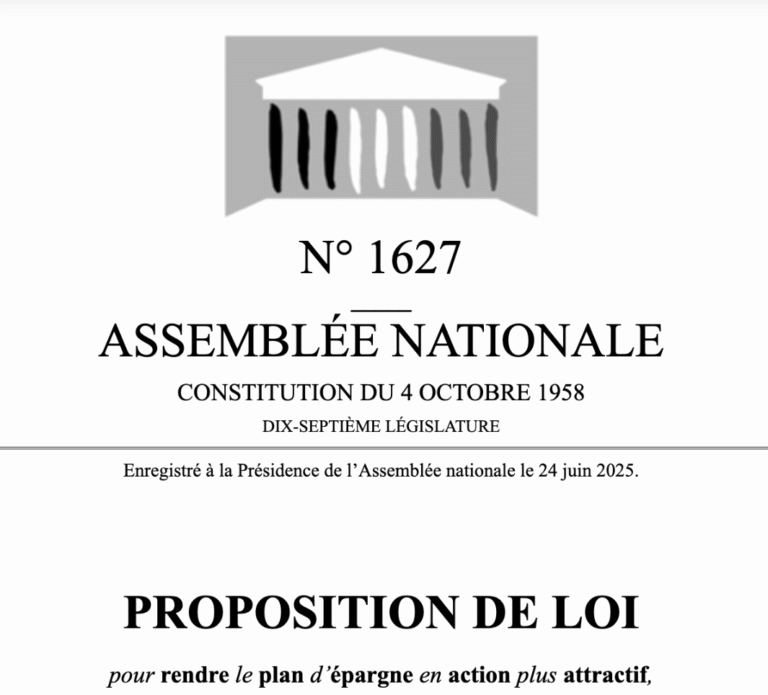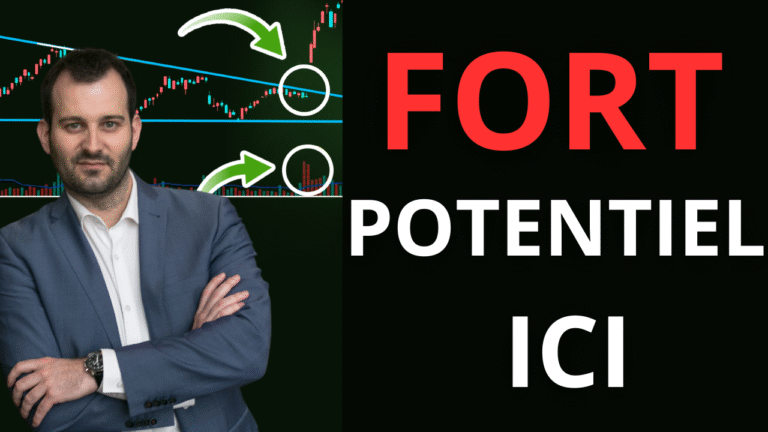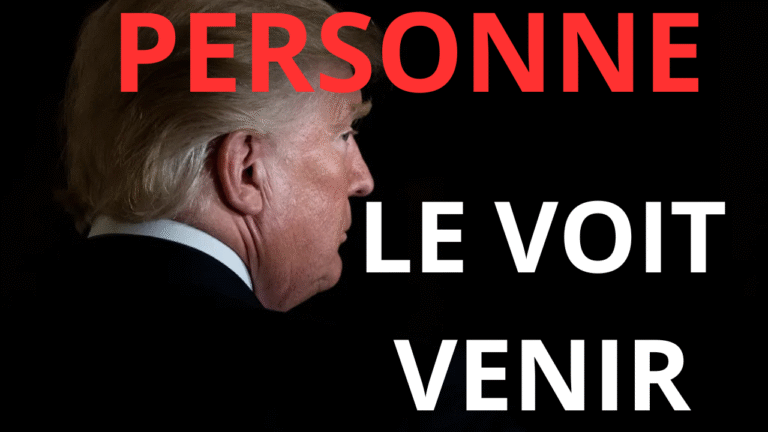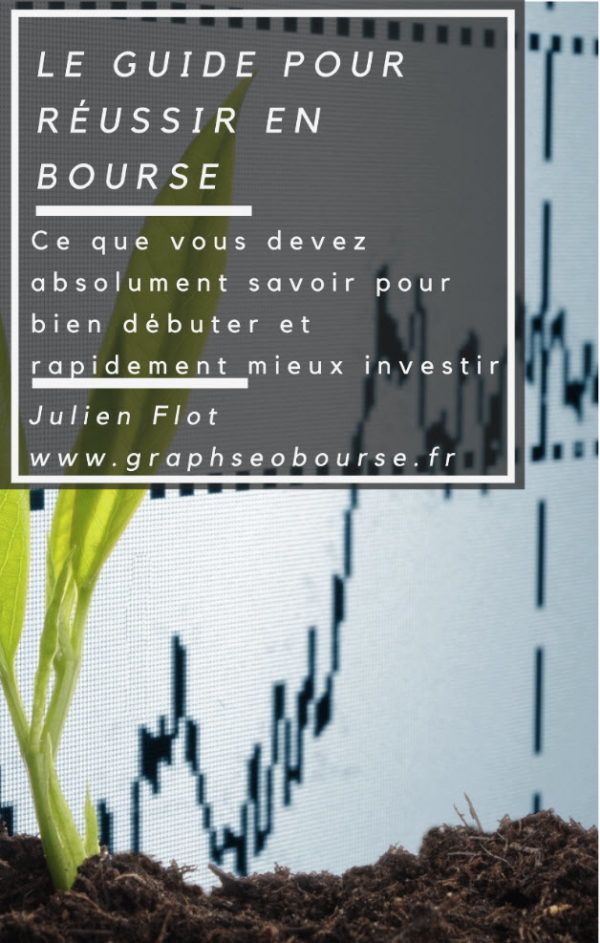Comme j’aime le dire, pour moi la psychologie c’est ce qui fera la différence entre un bon trade et un mauvais et donc un bon investisseur et un mauvais. Il faut savoir que l’erreur fait partie du jeu en bourse l’accepter pour être capable d’en ressortir une leçon qui nous permettra d’apprendre à devenir meilleur. Ce n’est qu’en faisant des erreurs que l’on apprends à se focaliser sur l’essentiel et forger une stratégie pour ne plus en faire. Apprendre de ses erreurs, c’est la capacité de survie d’un investisseur. C’est ce qui nous permet de rester sur la route de la réussite.
Confirmation Bias – The tendency for people to favor information that confirms their beliefs or ideas. Investors and economists often fail to fully appreciate other views due to a narrow minded view of the world often resulting from what they think they already know.
Gambler’s Fallacy – When an individual erroneously believes that the onset of a certain random event is less likely to happen following an event or a series of events. We see this in trading all the time. This is the belief that just because something has occurred in the past that it is more likely to occur in the future. The “trend is your friend” and that sort of thing….
Post-Purchase Rationalization – When one rationalizes past purchases after the fact in an attempt to justify past actions. Investors often learn about how a bad trade turns into an investment when they rationalize their past purchases. If you’ve been in the business for a while you know how destructive this can be.
Neglecting Probability – A total disregard for probability and mismanagement of decision making through disregard for the odds of certain events. Investors and economists often overweight this in both directions at times ignoring the odds of a very high probability event and more often assuming that a high probability event (based on a small data set) means something is likely to occur.
Observational Selection Bias – An observational bias in which you begin to believe certain things are occurring more commonly because you’ve chosen to observe their existence.
Vous voulez débuter sans tomber dans les pièges? progresser rapidement? Vous en avez marre de reperdre tous vos gains durement gagnés en un instant? Vous voulez enfin gagner régulièrement et sans stress ? Alors laissez-moi vous apprendre tout ce qu'il vous faut savoir pour enfin franchir un cap et ne plus jamais être le même investisseur. Cliquez-ici pour enfin reprendre en main votre PEA
----------------------------------Status-Quo Bias – The tendency to reject change in favor of what exists and feels comfortable in the present. This is a problem plaguing much of public policy. A staunch skepticism of change leads us to constantly believe that anything other than the status quo must be bad.
Negativity Bias – The tendency to focus on bad news as though it is more significant than good news. A problem rampant in the investment world. This is often the result of a lack of diversity in views and the inability to believe that past positions may or may not be wrong.
Bandwagon effect – the herding effect where we feel more comfortable doing what many other people are doing. There’s supposedly less risk in doing what many other people are doing even if they’re all engaging in the same irrational behavior.
Projection bias – the tendency to project your own feelings and beliefs to the rest of the world in an effort to confirm that your own views are accurate within the grand scheme of things.
Current Moment Bias – Focusing on the present to the detriment of the future.
Anchoring Effect – The tendency to focus too much on something first presented to you leading you to falsely perceive the value or significance of all other things around it. Amateur investors often do this by believing that the nominal price of a stock matters when compared to another stock.
PS: Je te recommande de lire ceci :
Note: Tous les investissements sont partagés en temps réel sur L'Académie des Graphs. Le portefeuille représente mes convictions personnelles consolidées (de mes différents courtiers) et n'est pas une incitation à l'achat ni à la vente. La performance en cours inclus les gains ou moins values latentes et l'impact du change sur les actions étrangères. Performance 2024: +41%; 2023: +38%; 2022: +46%; 2021: +122%; 2020: +121%; 2019: +79%; 2018: +21%; 2017: +24%; 2016: +12%; 2015: +45%; 2014: +30%; 2013:+72%, 2012:+9%, 2011:-11%... Clique-ici pour découvrir le logiciel d'aide à la décison que j'utilise au quotidien pour détecter au bon moment les meilleures actions.




